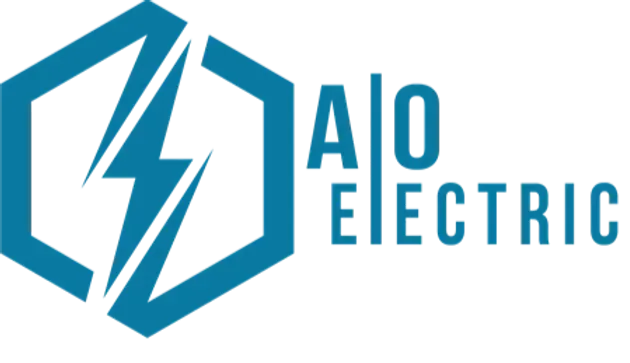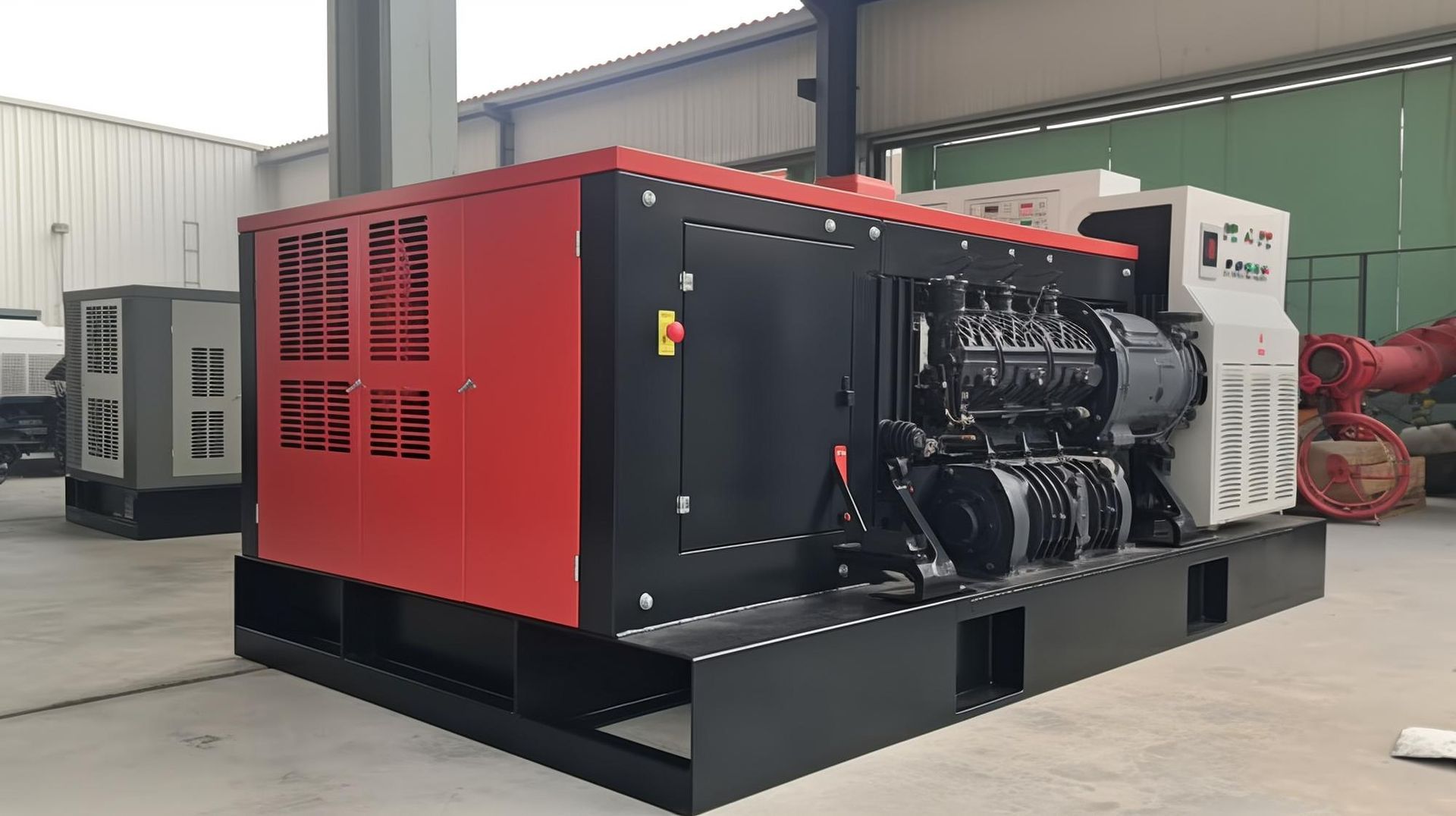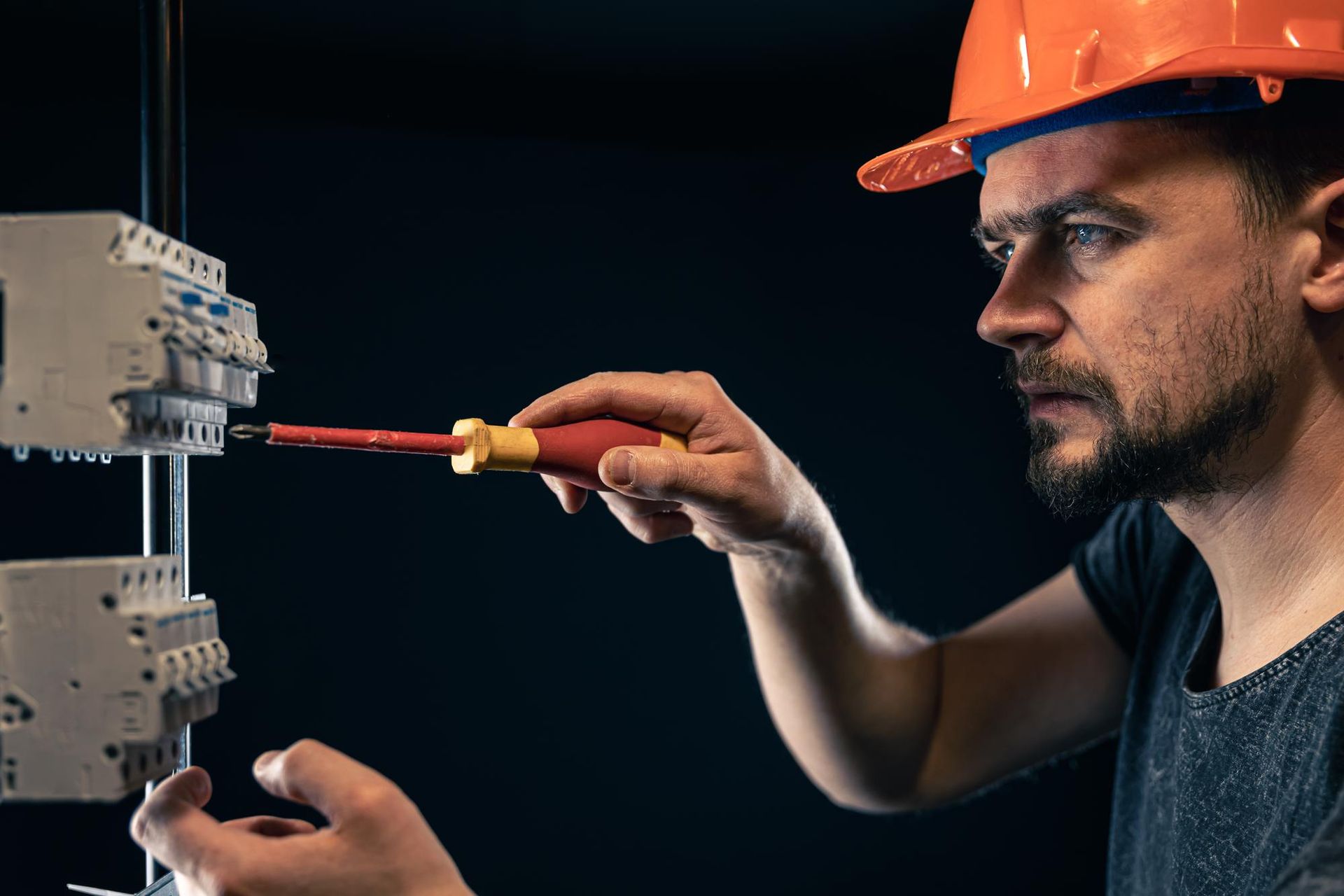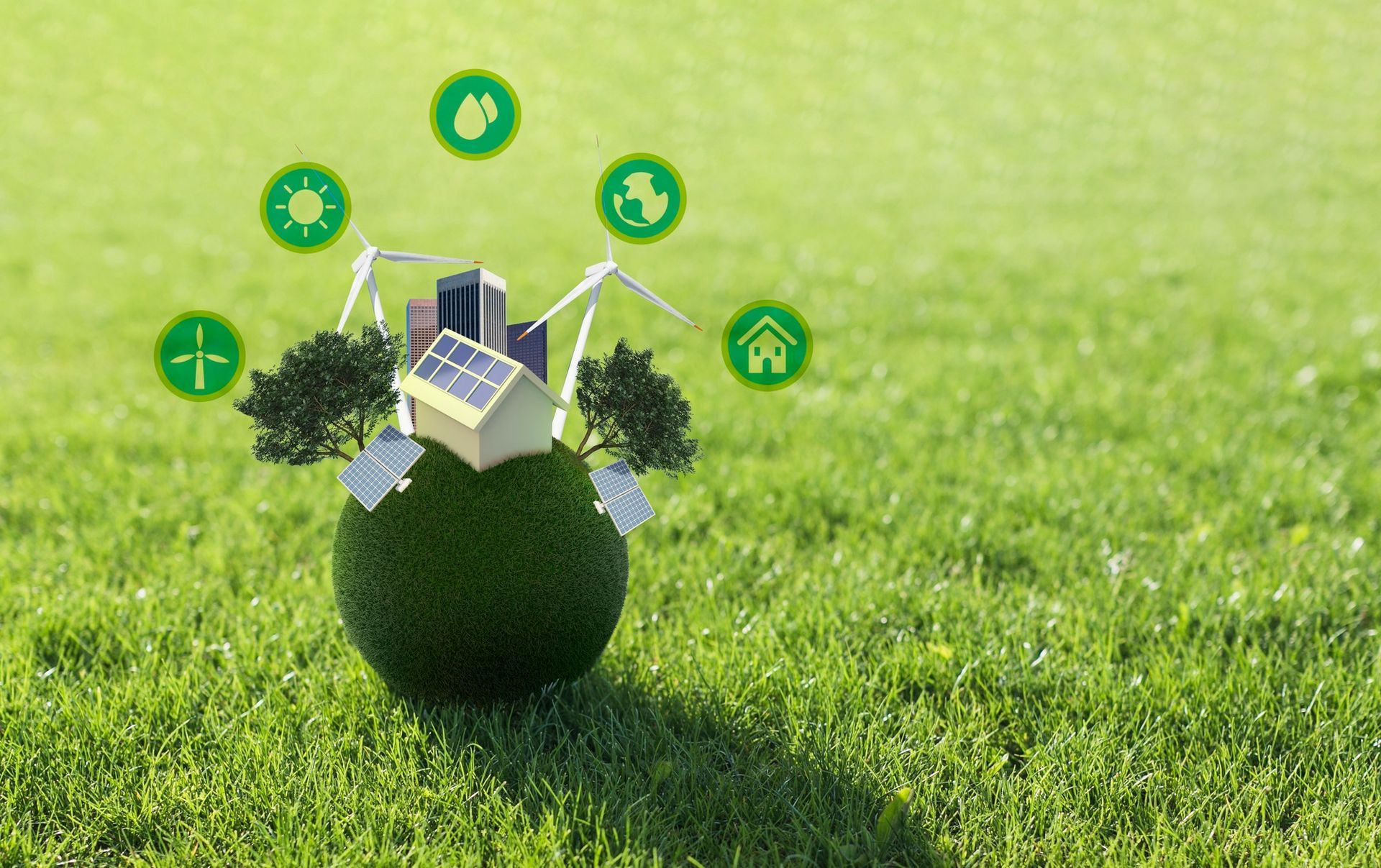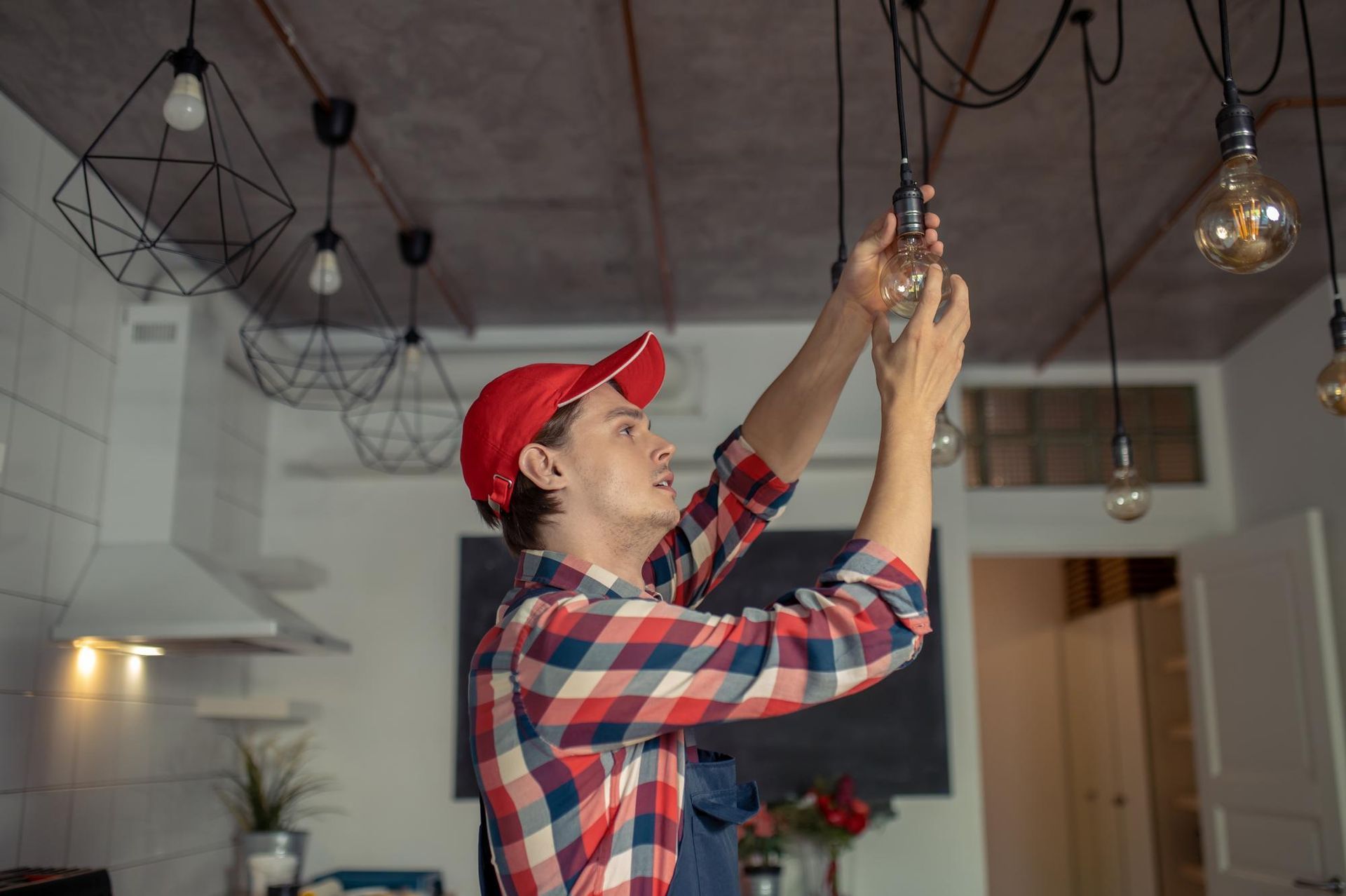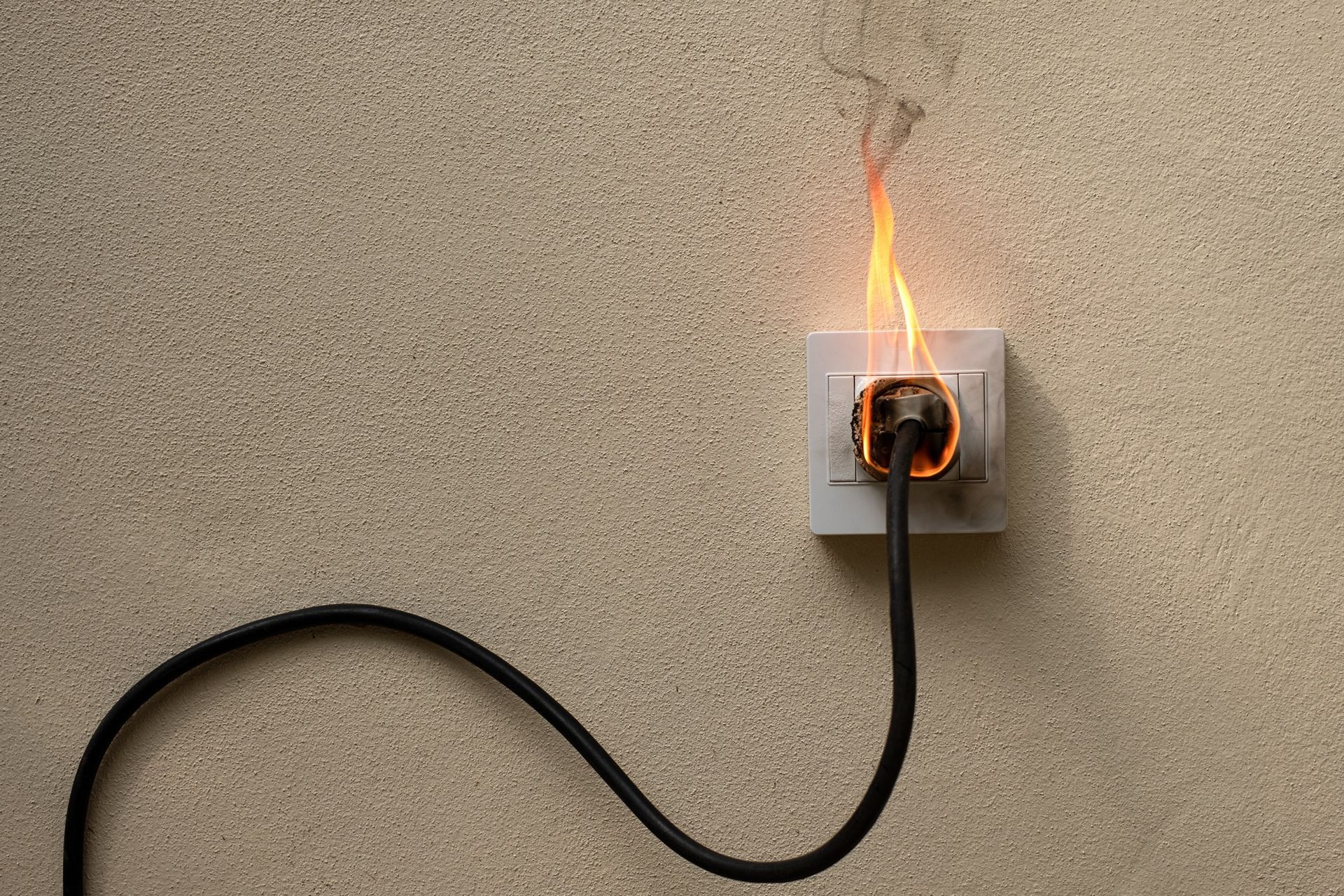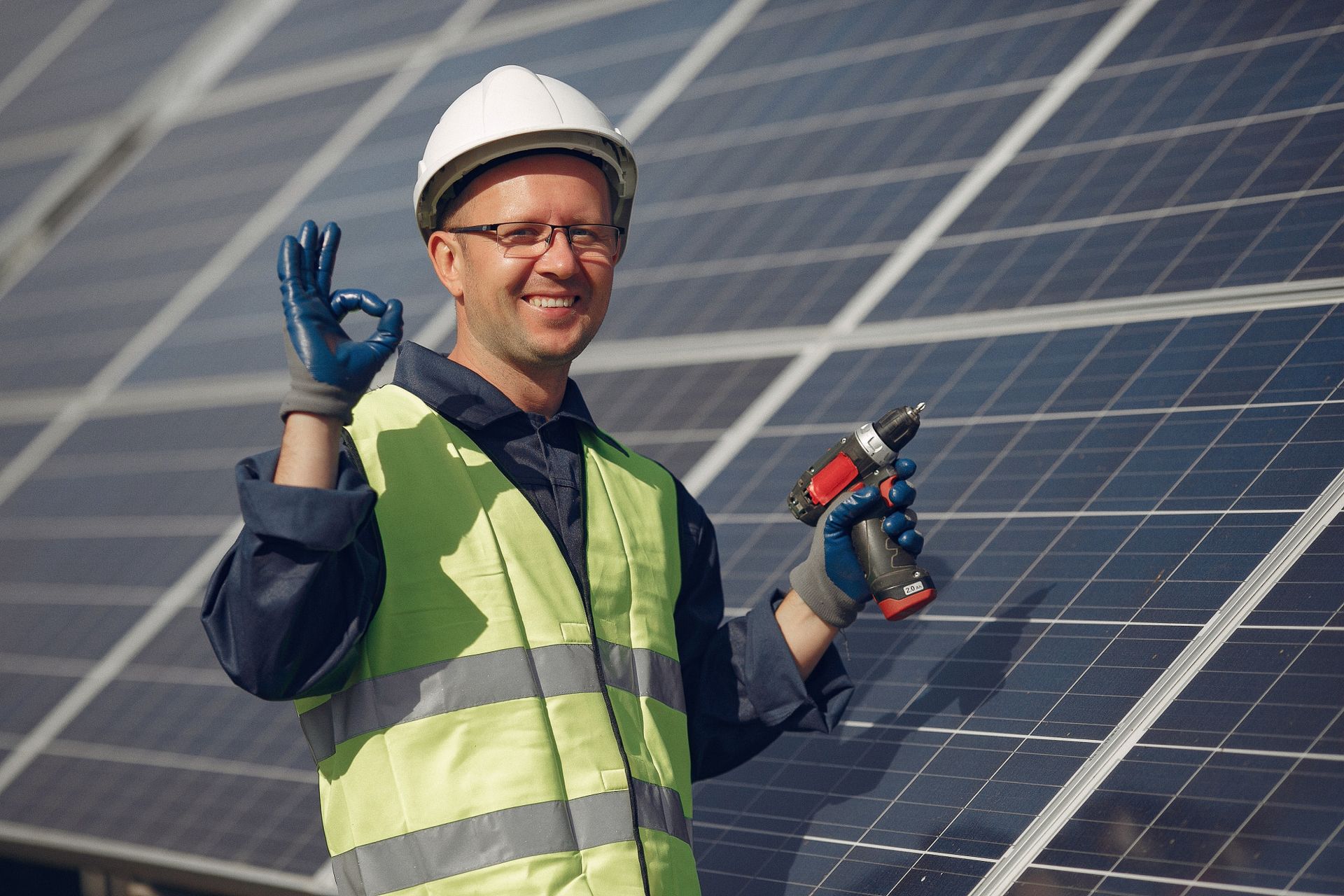Sacramento, CA
Generator Transfer Switch Installation: Wiring Tips and Techniques
When it comes to ensuring a continuous power supply during outages, generator transfer switch installation plays a vital role. If you're considering setting up a backup power system for your home or business, understanding the wiring tips and techniques involved is crucial. In this comprehensive guide, we'll break down the process into easy-to-follow steps, ensuring that you can confidently undertake the installation yourself or oversee it effectively with professional help.
Imagine a stormy night when the power suddenly goes out, leaving you in the dark. In such moments, a generator transfer switch can be your lifeline, seamlessly switching your power source from the grid to your backup generator. However, achieving this seamless transition requires proper installation and wiring.
In this article, we'll explore the ins and outs of generator transfer switch installation with a focus on wiring tips and techniques. Whether you're a seasoned DIY enthusiast or new to electrical work, our step-by-step guide will help you understand the process, adhere to safety measures, and ensure that your backup power system functions flawlessly when you need it most.
Understanding the Generator Transfer Switch
Before diving into the installation, let's grasp the basics of what a generator transfer switch is and why it's an essential component of your backup power setup.
A generator transfer switch is a device that acts as a bridge between your home's electrical system and an external generator. Its primary purpose is to detect a power outage and swiftly switch the power source from the utility grid to the generator, ensuring uninterrupted electricity supply to your essential appliances and circuits.
There are two main types of transfer switches: manual and automatic. Manual transfer switches require you to physically switch between power sources, while automatic transfer switches can detect power outages and make the switch automatically, without your intervention.
Pre-Installation Preparations
Before you start the installation process, you'll need to make some preparations to ensure a smooth and safe experience.
A. Tools and Materials
Gather the necessary tools and materials for the installation, including:
- Transfer switch kit
- Appropriate wires and cables
- Screwdrivers, pliers, wire strippers
- Conduit, if needed
- Electrical tape
- Cable clamps and connectors
B. Safety Precautions
Safety should always come first when working with electricity. Here are some essential safety precautions to follow:
- Turn off the main power supply to your home or the specific circuit you're working on.
- Work in a well-ventilated area to avoid inhaling fumes from generators or electrical equipment.
- Use insulated tools and wear safety gear, such as gloves and safety glasses.
- Keep the work area dry and free from any potential hazards.
C. Planning the Installation
Consider the following factors when planning the installation:
- Determine the location for your generator transfer switch. It should be easily accessible and comply with local building codes and regulations.
- Identify the circuits and appliances you want to power during an outage and plan your wiring accordingly.
- Consult the manufacturer's instructions and guidelines for your specific transfer switch model.
Wiring the Generator Transfer Switch
Now, let's delve into the heart of the installation process: wiring your generator transfer switch. We'll break this down into manageable steps to ensure clarity and ease of understanding.
A. Identify and Label Components
Start by identifying and labeling the essential components of your transfer switch kit. This typically includes the transfer switch unit itself, a wiring harness, and a clear set of instructions.
B. Wiring Steps
Connecting the Transfer Switch to the Main Electrical Panel:
- Begin by turning off the main power supply to your home.
- Open the main electrical panel and identify the circuits you want to connect to the transfer switch.
- Carefully follow the manufacturer's instructions to connect the transfer switch to the circuits. This may involve removing circuit breakers and replacing them with the transfer switch's circuit breakers.
- Securely attach the wires from the transfer switch to the circuits in the electrical panel.
Wiring from the Generator to the Transfer Switch:
- Run the appropriate cables from your generator to the transfer switch location. Be sure to size the cables correctly to handle the load.
- Connect the generator's wiring to the transfer switch according to the manufacturer's instructions.
- Ensure all connections are tight and well-insulated to prevent electrical issues.
Grounding the Transfer Switch and Generator:
- Proper grounding is crucial for safety. Connect the transfer switch and generator to the grounding system as specified in the manufacturer's instructions.
- Check the ground connections for secure attachment.
Ensuring Proper Cable Sizing and Connections:
- The size of the cables and wires you use should match the electrical load they will carry. Refer to the manufacturer's guidelines and local electrical codes to determine the correct wire sizes.
- Double-check all cable connections to ensure they are secure and properly tightened.
C. Manufacturer's Instructions
Throughout the wiring process, it's essential to closely follow the manufacturer's instructions provided with your transfer switch kit. These instructions are specific to your switch model and will guide you through the wiring process step by step.
Electrical Codes and Regulations
Understanding and adhering to local electrical codes and regulations is paramount when installing a generator transfer switch. These codes are in place to ensure safety and compliance with industry standards. Failing to follow them can lead to serious safety hazards and legal issues.
Before beginning the installation, research the electrical codes and regulations in your area, and make sure your installation meets or exceeds these standards. It's also a good practice to have your work inspected by a qualified electrician to ensure compliance.
Testing and Troubleshooting
Once you've completed the wiring, it's crucial to test your generator transfer switch installation to confirm that it functions correctly. Testing helps identify any potential issues that may need troubleshooting.
A. Testing Procedure
Follow these steps to test your transfer switch installation:
- Ensure the generator is in working condition and properly fueled.
- Turn off the main power supply to your home.
- Start the generator and let it run.
- Observe the transfer switch's operation as it switches the power source from the grid to the generator.
- Confirm that the circuits and appliances connected to the transfer switch are receiving power from the generator.
- Turn off the generator and observe the switch as it switches back to the grid power source.
- Verify that all circuits return to normal operation.
B. Troubleshooting Common Issues
While testing, you may encounter common issues such as loose connections, inadequate grounding, or incorrect wiring. Here are some troubleshooting tips:
- Check all connections for tightness and proper insulation.
- Ensure that the grounding is correctly set up and meets local codes.
- Review the wiring to ensure it matches the manufacturer's instructions.
- If issues persist, consult a qualified electrician for further assistance.
Maintenance and Upkeep
To ensure the long-term reliability of your generator transfer switch installation, regular maintenance is essential. Here are some maintenance tips to keep your system running smoothly:
- Inspect the transfer switch and associated wiring for signs of wear, corrosion, or damage.
- Clean and tighten electrical connections as needed.
- Test your generator and transfer switch periodically to ensure they are ready for use during an outage.
- Replace any worn or damaged components promptly.
- Keep a record of maintenance activities and test results for reference.
Advanced Techniques and Considerations
While the above steps cover the basics of generator transfer switch installation, there are advanced techniques and considerations for more complex setups.
A. Multiple Circuits and Subpanels
In larger homes or commercial buildings, you may have multiple electrical circuits and subpanels. Installing a transfer switch for such setups requires careful planning and coordination. Consider seeking the expertise of a licensed electrician for complex installations.
B. Load Shedding and Prioritization
Load shedding involves prioritizing essential circuits and appliances during an outage to prevent overloading your generator. Advanced transfer switches may offer load shedding capabilities, allowing you to customize which circuits receive power. This is especially important for larger generators with limited capacity.
Conclusion
In conclusion, generator transfer switch installation is a critical step in ensuring that your backup power system operates smoothly when you need it most. By understanding the wiring tips and techniques outlined in this guide and following safety protocols, you can confidently set up your generator transfer switch or oversee the installation process.
Remember that safety should always be your top priority when working with electricity. If you're unsure about any aspect of the installation or encounter difficulties, it's wise to consult a qualified electrician for guidance. With proper installation and maintenance, your generator transfer switch will provide you with peace of mind, knowing that you'll have reliable power during unexpected outages.
For residents of Sacramento, CA, looking for the best service provider for generator transfer switch installation, we highly recommend
AO Electric Inc. They have a proven track record of excellence in electrical services. You can reach them at
(916) 531-6398. With AO Electric Inc. on your side, you can rest assured that your backup power system will be in capable hands, providing you with the dependable electricity supply you need during any outage.
Business Hours
- Mon - Fri
- -
- Saturday
- -
- Sunday
- Closed
All Rights Reserved | AO Electric Inc.

